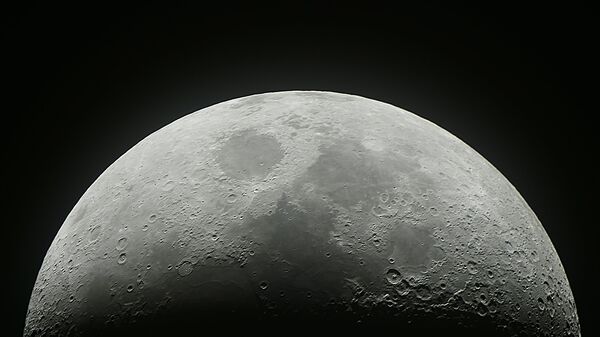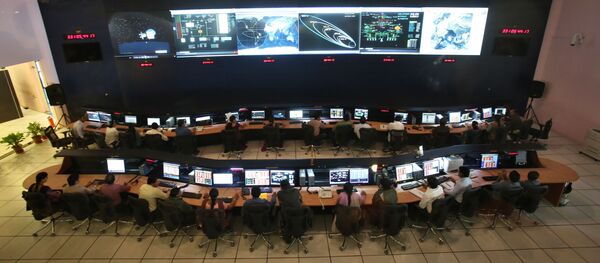New Delhi (Sputnik) — The Indian space agency ISRO has set for itself an ambitious target to reach the south side of the moon in search of nuclear energy. The ISRO's chief told the news agency Bloomberg that it will launch a rover in October this year to explore virgin territory on the lunar surface and analyze crust samples for signs of water and helium-3. The moon mission will be called Chandrayaan II, next in the series of Chandrayaan I, which was a success.
"The countries which have the capacity to bring that source from the moon to Earth will dictate the process. I don't want to be just a part of them, I want to lead them," said K. Sivan, ISRO chairman, told Bloomberg.
India’s space program wants to go where no nation has gone before —– to the south side of the moon. And once it gets there, it will study the potential for mining a source of waste-free nuclear energy that could be worth trillions of dollars.@isro we proud of you
— #RenukaJain, FCA 🇮🇳 (@RenukaJain6) June 27, 2018
"We are ready and waiting. We've equipped ourselves to take on this particular program," he added.
The upcoming launch of Chandrayaan-2 includes an orbiter, lander and a rectangular rover. The six-wheeled vehicle, powered by solar energy, will collect information for at least 14 days and cover an area with a 400-meter radius. The rover will send images to the lander and the lander will transmit those back to the ISRO for analysis, the report added.
READ MORE: Indian Scientists Claim to Have Detected Extraterrestrial Bacteria
The presence of helium-3 was confirmed in lunar samples returned by the Apollo missions by NASA. India's first moon mission Chandrayaan-1, launched in October 2008, completed more than 3,400 orbits and ejected a probe that discovered molecules of water on the surface of the moon for the first time.



